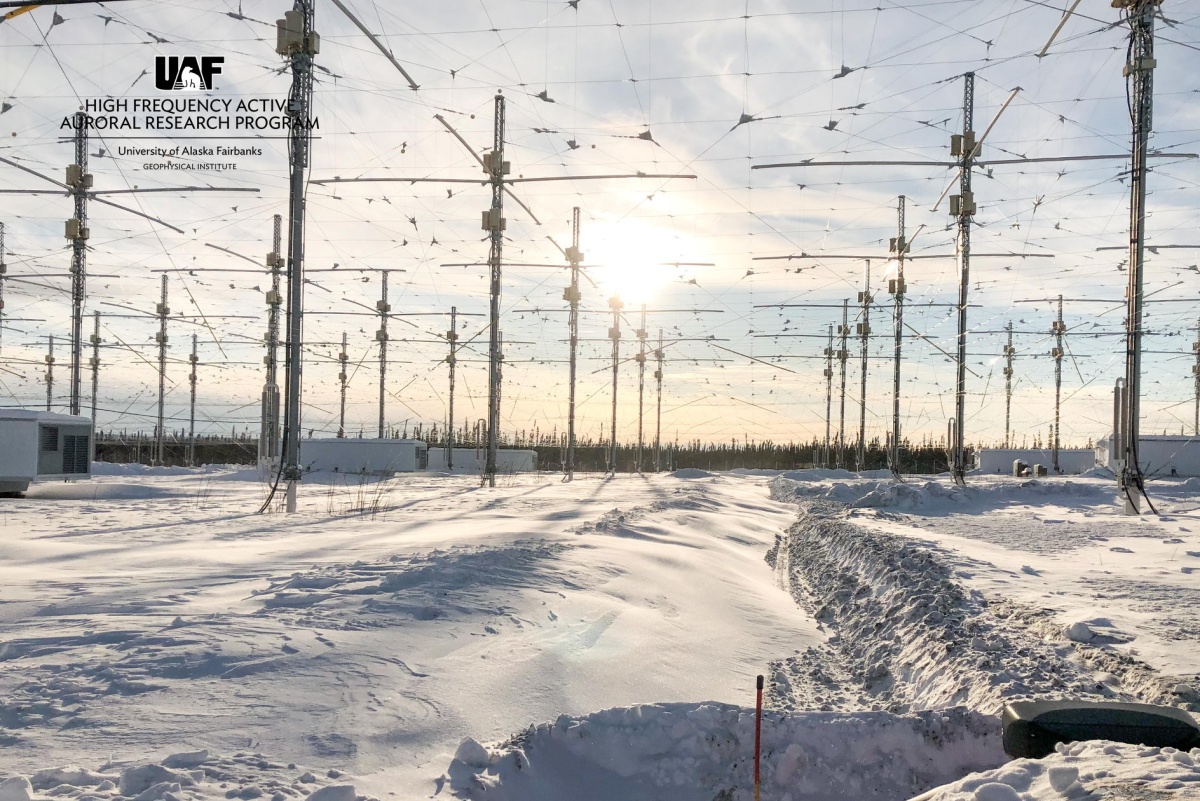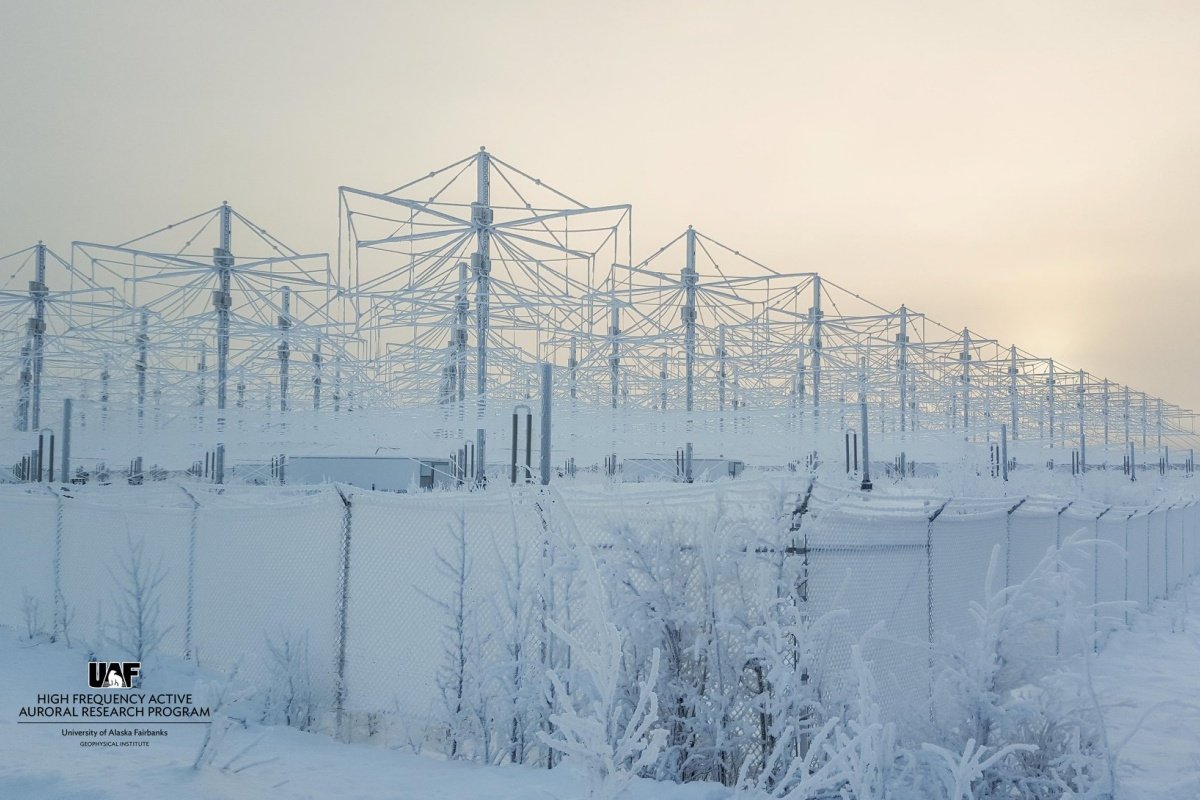This Tuesday (29), an old acquaintance with conspiracy theories was once again highlighted on social networks. The North American research project HAARP, based in Alaska, has once again been accused of climate tampering; now to bring rain to disrupt the far-right militants who are calling for a military coup in front of the Brazilian barracks because they did not participate in the results of the 2022 elections.
In one of the videos circulating on social networks, one of the militants holding an umbrella said, “Men are making it rain HAARP, there are few people today who do not know what HAARP antennas are (…) we know that it is rains and this weather is not caused by global warming or cow farts, but by HAARP antennas (sic )”.
HAARP (High Frequency Active Auroral Research Program) is a research program that aims to study the properties and behavior of the ionosphere, the layer of the atmosphere between 60 km and 300 km, according to INPE (National Research Institute Space). altitude and divided into four zones.
Studying this layer of the atmosphere is important for understanding how radio waves that travel around the world behave in these regions to enable communication over long distances. Your WiFi, your phone’s mobile internet, and location-based apps are all affected by the ionosphere.
The function of HAARP is to use its tools, such as antennas, to interfere with the local ionosphere (for example, to excite atoms in the region and warm the ionosphere) to observe the effects that this temperature difference can cause. HAARP can only interfere with a limited area above its antennas.
The project has been around since the 1990s, but in 2015 control and instruments of the project were transferred from the US Air Force to the University of Alaska at Fairbanks. HAARP’s research tools are primarily the Ionospheric Research Tool, a high-power transmitter (antennas) operating at high frequencies of radio waves, and a set of scientific and diagnostic tools that can be used to observe physical processes occurring in the region. the ionosphere is excited.
Research conducted at HAARP is not confidential, and at least once a year, the University of Alaska hosts an event where visitors from all over can learn the location of the antennas.
Can HAARP cause rain?
According to the project page, the frequencies at which HAARP operates are not absorbed by the troposphere or stratosphere, the layers of atmosphere that make up Earth’s climate. Therefore, there is no evidence that the HAARP radio wave transmitter can affect the weather.

“Radio waves interact with electrical charges and currents and do not interact significantly with the troposphere. Also, if ionospheric storms caused by the sun do not affect the air at the surface [da Terra], HAARP has no chance to do this. Electromagnetic interactions occur only in diluted, but still electrically charged, near-vacuum regions of the atmosphere above 60 km to 80 km altitude. [ionosfera]”, describes the project website.
“The ionosphere is created and constantly replenished as radiation from the sun interacts with the highest levels of the Earth’s atmosphere,” the text continues.
Since its inception, numerous conspiracy theories have emerged accusing HAARP of using it to control the weather and cause major disasters such as deadly earthquakes. To date, no evidence has emerged to confirm the alleged massive interference from HAARP antennas in many different parts of the world.
Last week’s heavy rains have a scientific (and more boring) explanation: the action of the South Atlantic Convergence Zone (SACZ), according to Inmet (National Meteorological Institute). SACZ is defined by Inmet as “a persistent band of clouds oriented northwest-southeast extending from the Amazon to the Atlantic Ocean”.
SACZ usually occurs in the spring and summer, causing large volumes of wet rainy days that can cause flooding and landslides. On the other hand, heavy rains displace water in reservoirs that provide drinking water to the population.
Source: Tec Mundo
I am Bret Jackson, a professional journalist and author for Gadget Onus, where I specialize in writing about the gaming industry. With over 6 years of experience in my field, I have built up an extensive portfolio that ranges from reviews to interviews with top figures within the industry. My work has been featured on various news sites, providing readers with insightful analysis regarding the current state of gaming culture.












